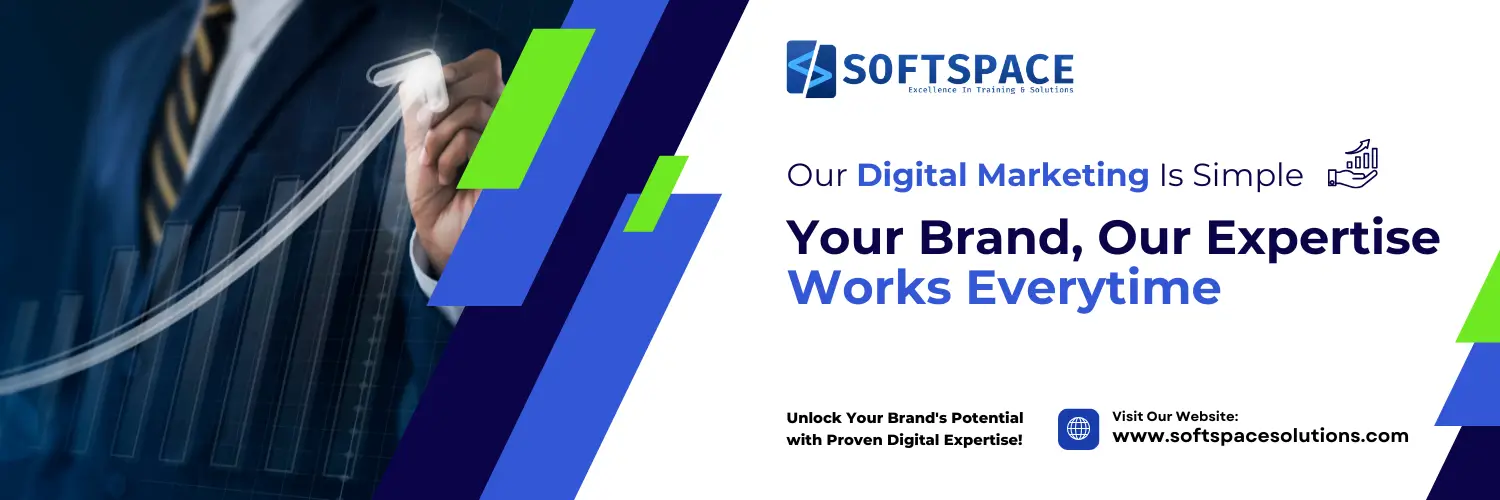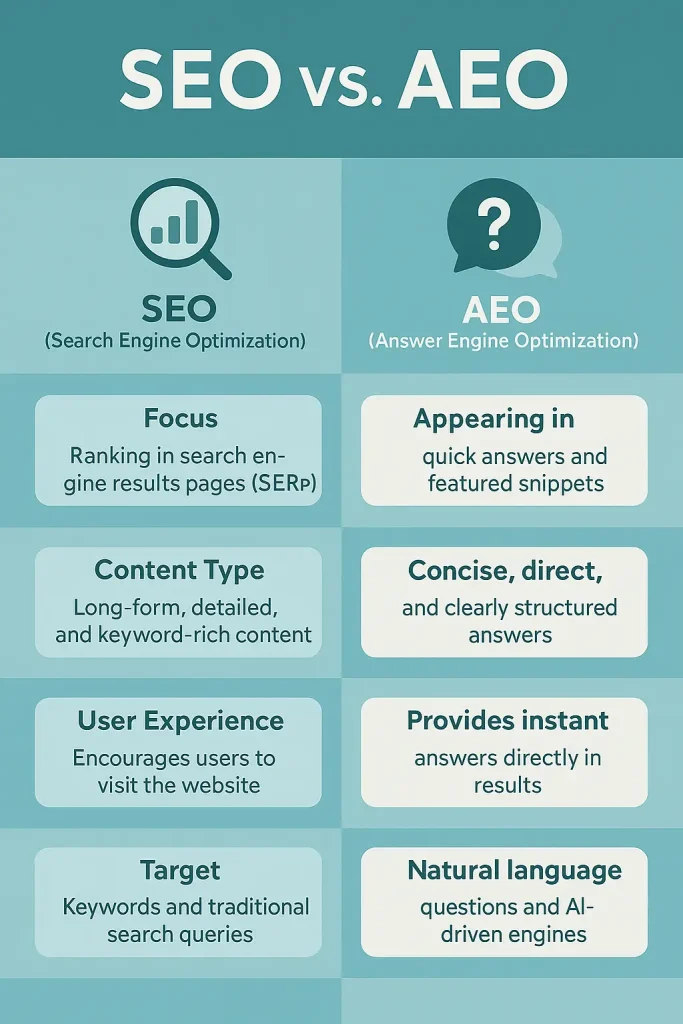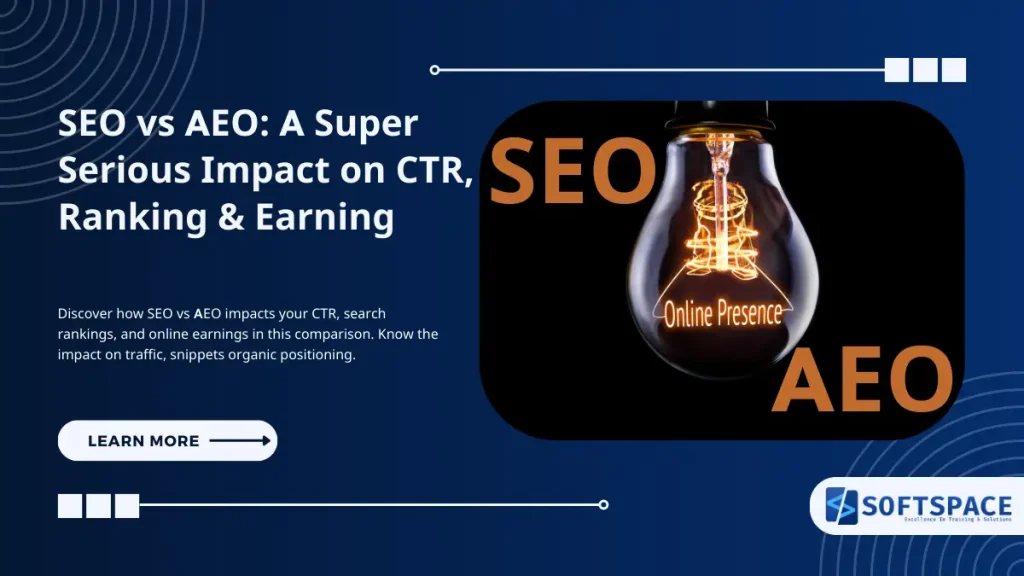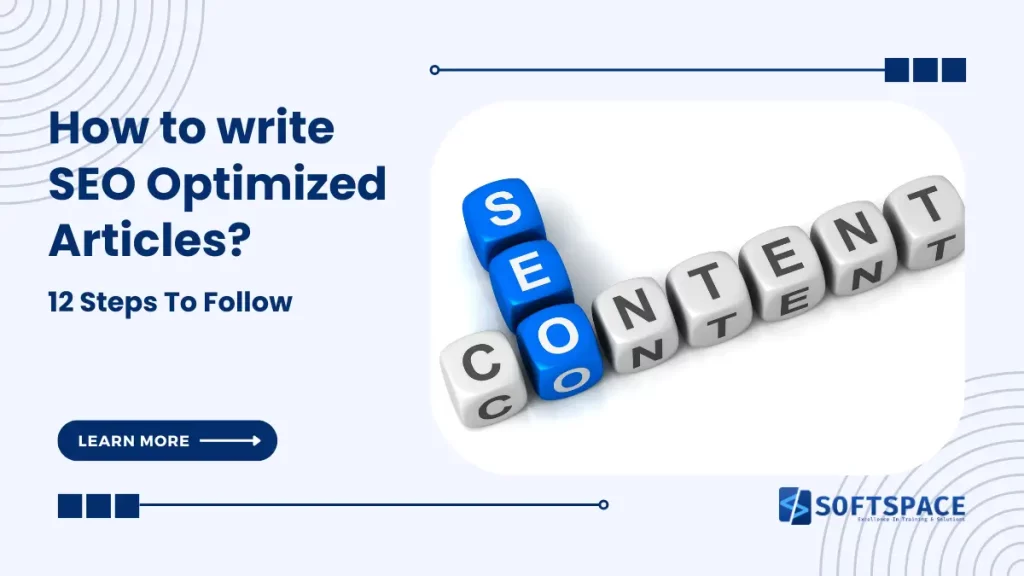Search engine volumes might drop 25% by 2026, according to Gartner’s predictions. The rise of AI chatbots and virtual agents has altered the map of online information discovery. This comparison between SEO and AEO becomes more significant every day.
Google processes more than 6.3 million searches every minute. These numbers make search engines incredibly powerful for generating traffic.
Traditional Search Engine Optimisation (SEO) now shares the stage with Answer Engine Optimisation (AEO), which changes everything for content creators.
The numbers tell an interesting story – featured snippets in top positions get 8.6% of clicks. Even more impressive, these snippets provide answers to 40.7% of voice searches.
Your revenue from affiliate marketing or AdSense will feel these changes directly. The AI chatbot market sits at £7.76 billion in 2024 and grows by 23.3% each year. Content creators need new strategies to keep their earnings strong and potentially grow them further.
This piece shows you how both optimisation methods affect your money-making potential. You’ll also find practical ways to succeed in this evolving digital world.

What is SEO, and how does it support monetisation?
Search Engine Optimisation (SEO) stands as the foundation of online visibility. It helps websites rank better in search engine results. Unlike paid advertising, SEO targets organic traffic—people who find your content through search engines naturally, rather than through sponsored links.
SEO basics for content creators
Content creators who want to earn money need to grasp SEO fundamentals. SEO makes your content visible to search engines and potential readers. The process has several key parts:
- Keyword research to find terms your audience searches
- Content optimisation with strategic keyword placement
- Technical elements that let search engines read and interpret your site
- Quality backlinks that show search engines your site’s authority
These activities aim to boost organic visibility and your earning potential. Data shows that organic search brings in much of a website’s traffic, making it a vital channel to make money.
How SEO drives traffic to affiliate and AdSense pages
Traffic patterns show a clear link between SEO and monetisation. Content that ranks well draws targeted visitors—people looking for specific information, products, or solutions. These visitors tend to click affiliate links or AdSense ads because they care about your topic.
SEO gives affiliate marketers a real edge. You can tap into the full potential of commercial keywords to reach people who want to buy but are still looking at options. This puts you in a perfect spot to make money since visitors are ready to purchase.
AdSense publishers benefit from better search rankings, too. Higher rankings mean more page views. Better yet, SEO brings qualified traffic—readers who want your content. These targeted visitors often click ads more, which leads to better earnings.
Role of long-form content in SEO earnings
Creating complete long-form content works well to boost SEO earnings. Research shows articles over 2,000 words rank higher in search results. Google’s top-ranking content averages 2,416 words.
Long-form content helps you make money in several ways:
You can add keywords and related terms naturally, which makes your content more visible. Your comprehensive pieces also attract more backlinks—a key factor that builds authority.
Long-form content affects user behaviour metrics that matter to earnings. Studies show longer articles get more social shares and reader engagement. Case studies have shown conversion rates jumping by over 30% with detailed content.
Affiliate marketers build trust through detailed product reviews, comparisons, and in-depth guides. This trust turns into sales when readers click affiliate links. AdSense publishers see readers spend more time on their sites, which means more chances for ad clicks.
Good SEO creates an upward spiral for earnings: better visibility brings targeted traffic, which boosts engagement and leads to more conversions and revenue.
What is AEO, and why is it gaining traction?
Answer Engine Optimisation (AEO) marks a transformation in content creators’ approach to search visibility. Traditional SEO focuses on ranking websites in search results. AEO wants to provide direct, concise answers that search engines can easily extract and display.
AEO explained in simple terms
AEO helps optimise content to become the go-to source for direct answers on platforms of all types. These platforms include traditional search engines, AI-powered tools like Perplexity and ChatGPT, and voice assistants like Siri and Alexa. The content structure lets search systems pull and display answers right away without users clicking through to websites.
The sort of thing I love about the SEO vs AEO comparison is the key difference in their goals. SEO drives traffic to websites through keyword ranking. AEO provides instant answers within the search interface. This lines up with how people search today – they expect quick, accurate answers to their questions.
The numbers tell an interesting story. Featured snippets (often powered by AEO) get 8.6% more click-through traffic than regular organic results. Using SEO and AEO strategies together helps businesses improve their online visibility.
Voice search and AI assistants as traffic sources
AEO has taken off because search habits keep changing. Research shows 62% of Americans over 18 use voice assistants on their devices, from smart speakers to smartphones and in-car systems. The rise from text-based to conversational searches has propelled the development of answer engines that deliver immediate responses.
Voice search queries sound more natural than typed searches. Optimising for these conversational patterns matters because 20.5% of people worldwide rely on voice search. Content creators must adapt to these platforms to stay visible.
AI-powered search uses advanced natural language processing that needs up to 10 times the computational power of traditional search algorithms. These systems process text, voice, and images to create a dynamic search experience.
How does AEO content appear in featured snippets?
Featured snippets show up as brief answer boxes at the top of search results. They’re the clearest sign of AEO’s success. Content needs specific structuring to appear in these prime spots:
- Clear, direct answers to common questions
- Well-laid-out content with structured data
- FAQ sections optimised for quick extraction
- Concise summaries at the beginning of content sections
The rewards can be substantial for properly structured content. 58% of consumers use voice search to find local businesses. This means optimising for featured snippets directly boosts visibility in voice search results.
The SEO vs AEO discussion isn’t about picking sides. Smart content creators develop strategies that use both traditional ranking optimisation and structured answer formatting. This approach maximises visibility across all search platforms.
SEO vs AEO: Key differences that impact earnings

| Feature | SEO (Search Engine Optimization) | AEO (Answer Engine Optimization) |
|---|---|---|
| Focus | Ranking in search engine results pages (SERPs) | Appearing in quick answers and featured snippets |
| Content Type | Long-form, detailed, and keyword-rich content | Concise, direct, and clearly structured answers |
| User Experience | Encourages users to visit the website | Provides instant answers directly in results |
| Target | Keywords and traditional search queries | Natural language questions and AI-driven engines |
| Goal | Increase overall website visibility and traffic | Enhance visibility in answer-oriented platforms |
The way content creators make money online depends on the basic differences between search and answer engine optimisation. Your business model’s success with ad impressions or affiliate commissions relies on understanding how SEO vs AEO work and how they stack up against each other.
Traffic vs direct answers: what does it mean for clicks?
Traffic patterns show the biggest difference related to SEO vs AEO. SEO brings users to your website, while AEO often answers their questions right away. The numbers tell an interesting story – AEO-optimised pages get a 14% higher click-through rate than standard SEO pages. This advantage comes with a catch, though.
“Zero-click searches” have changed how content makes money. SEMrush data shows that over 57% of mobile searches and 25% of desktop searches don’t get any clicks. This creates a real challenge for affiliate marketers and AdSense publishers who need visitors to land on their pages.
SEO might not get as many featured snippets, but it still brings in over 50% of website traffic. This happens more with users who want detailed information or need to compare options. This traffic remains vital for making money through conversions.
Content structure and its effect on monetisation
The way SEO and AEO content is structured affects how much money you can make:
- SEO content: Detailed and thorough articles create more spots for ads and affiliate links
- AEO content: Short and straightforward pieces offer fewer chances to add money-making elements
AdSense publishers benefit from SEO’s longer articles because they can show more ads and potentially earn more from impressions. AEO’s snippet format limits ad placement, but featured positions might bring in better quality traffic.
Affiliate marketers face a similar challenge. SEO’s detailed product comparisons naturally fit affiliate links, but AEO’s direct answers make it harder to add promotional content naturally.
User intent: browsing vs instant answers
The biggest difference lies in how each strategy matches what users want:
SEO works best for people who like to research and browse topics. These visitors spend 10.4 minutes per session when they come from AI chatbots, compared to 8.1 minutes from traditional search. This extra time creates more chances for ad views and affiliate link clicks.
AEO attracts users who want quick answers to specific questions. These visitors might leave once they get their answer. Yet, AI-driven traffic shows up to 40% higher conversion rates when they click through because they know exactly what they want.
The SEO vs AEO comparison reveals something unexpected: AEO might bring less traffic, but the visitors it attracts often engage more. Some websites report increased revenue even with fewer visitors. This suggests that visitor numbers alone shouldn’t determine your money-making strategy.
How SEO and AEO affect Affiliate and AdSense revenue
The revenue picture for content creators looks quite different when we compare SEO and AEO from a money-making angle. Let’s look beyond theory to see how these approaches affect your affiliate marketing and AdSense earnings.
Impact on click-through rates (CTR)
The CTR gap between regular SEO and AEO-optimised content shows an interesting pattern for making money. Recent data shows that AEO-optimised pages get a 14% higher click-through rate than standard SEO pages. This advantage comes with some important catches, though.
We found that traffic quality is really different. SEO brings in a wider audience – researchers, browsers, and people comparing products. AEO draws users who have specific questions. This difference matters because money-making links work differently based on what users want and how they interact.
Affiliate link visibility in AEO vs SEO
Affiliate links don’t work the same way in these two approaches. SEO-focused content lets affiliate links fit naturally within detailed articles, which creates good chances for promotion. AEO’s straight-to-the-point format makes it harder to show these links effectively.
This creates a real challenge for affiliate marketers. Your carefully chosen affiliate links stay on your website when your content shows up as a featured snippet or AI-generated answer. Users need to click through to see them. You’ll get fewer conversions when people get their answers without visiting your site.
Ad placement effectiveness in both models
Ad revenue shows similar patterns in both optimisation methods. Regular SEO content gives you more room to place ads throughout longer articles. SEO visitors also tend to stay longer, which creates more chances to show ads.
AEO’s snippet-focused approach brings fewer page views overall. The good news is that featured positions often bring better-quality traffic with improved engagement. This quality-over-quantity situation means you need to think carefully about where you place your ads.
Zero-click searches and their effect on earnings
The biggest worry for money-making strategies is that about 60% of searches now end without anyone clicking through to a website. Mobile users show this no-click behaviour 57% of the time. This directly hits the bottom line for AdSense publishers and affiliate marketers.
Zero-click searches do have some unexpected good points. Featured snippets help build your brand’s authority and awareness, which might lead to more direct visits later. The traffic that does come through tends to be more focused and ready to act, which can make up for some of the lost volume.
Finding the right mix of SEO and AEO needs smart adaptation rather than dropping either method. Making more money now depends on getting high-quality traffic instead of just chasing visitor numbers.
Combining SEO and AEO for better monetisation
SEO and AEO strategies work better together than competing against each other. Smart content creators now realise that combining these approaches leads to better monetisation results.
Creating hybrid content for both strategies
A successful hybrid approach needs content that works for both traditional SEO and AEO goals. You can achieve this balance through several methods:
- Build complete resources that show your expertise while answering common questions
- Add question-based subheadings that match what users actually ask
- Design core SEO pages with FAQ sections to reach both browsing users and those who need specific answers
This multi-layered strategy meets both SEO depth requirements and AEO direct-answer needs without creating duplicate content. The results speak for themselves – 54% of organisations reported improved click-through rates within six months of adopting a hybrid strategy.
Using schema markup and FAQs
Schema markup connects your content with search engines. Adding schema.org markup—especially FAQ, HowTo, and QAPage schemas—helps search engines better understand your content, which boosts visibility in traditional results and answer boxes.
Your FAQ sections should include complete questions and answers to work best. Make them visible to users through direct text or expandable sections, and avoid repeating content across your site. These elements boost your chances of appearing in featured snippets and voice search results.
Optimising for both voice and traditional search
Voice searches typically use everyday language, so your keyword research should include question-based queries. The focus areas include:
- Natural language that matches how people talk
- Long-tail keywords for conversation variations
- Questions about local businesses
Voice search helps both strategies, as 58% of consumers use voice search to find local businesses. Clear, direct answers within your detailed content work perfectly for voice assistants and traditional search users alike.
Conclusion
Search technology’s progress has reshaped the scene of online information discovery. Content creators now stand at a crucial point between SEO and AEO strategies. Traditional SEO still brings most website traffic and creates ways to earn money. Zero-click searches and voice assistants pose big challenges to affiliate marketers and AdSense publishers.
The changing scene brings unexpected rewards. Content optimised for AEO draws visitors who stay longer and interact more. Better conversion rates can make up for fewer visitors. The real question isn’t about picking SEO or AEO. It’s about making both work together.
Today’s top content creators use mixed methods that blend detailed content with clear answers to common questions. Schema markup, FAQ sections, and natural keywords help capture both regular search traffic and featured snippets. This balanced method opens up many ways to earn while staying visible on all search platforms.
Your earning potential depends on how well you adapt to search technology’s changes. SEO and AEO aren’t rivals – they’re tools that work together in your content toolkit. Smart implementation of both creates a strong system that boosts your affiliate and AdSense revenue, whichever way people choose to search.
FAQs
Q1. How do SEO and AEO differ in their impact on website traffic? SEO focuses on driving users to your website, while AEO often provides answers directly in search results. Although AEO-optimised pages may see higher click-through rates, they can also lead to more zero-click searches, potentially reducing overall site traffic.
Q2. Can AEO and SEO be used together effectively? Yes, combining AEO and SEO strategies can be highly effective. Creating hybrid content that satisfies both approaches, using schema markup, and optimising for voice search can help maximise visibility across all search platforms and improve monetisation opportunities.
Q3. How does AEO affect affiliate marketing earnings? AEO can limit affiliate link visibility as answers are often provided directly in search results. However, when users do click through, they tend to have higher engagement and conversion rates due to their more focused intent.
Q4. Is SEO still relevant with the rise of voice search and AI assistants? Yes, SEO remains crucial. While AEO is gaining importance, SEO still drives the majority of website traffic and creates multiple opportunities for monetisation, especially for users seeking in-depth information or comparing options.
Q5. How can content creators adapt to the changing search landscape? Content creators should focus on developing comprehensive resources that incorporate direct answers to common questions, use structured data markup, and optimise for both traditional and voice search queries. This balanced approach can help maintain visibility and maximise earnings across different search platforms.

13+ Yrs Experienced Career Counsellor & Skill Development Trainer | Educator | Digital & Content Strategist. Helping freshers and graduates make sound career choices through practical consultation. Guest faculty and Digital Marketing trainer working on building a skill development brand in Softspace Solutions. A passionate writer in core technical topics related to career growth.




